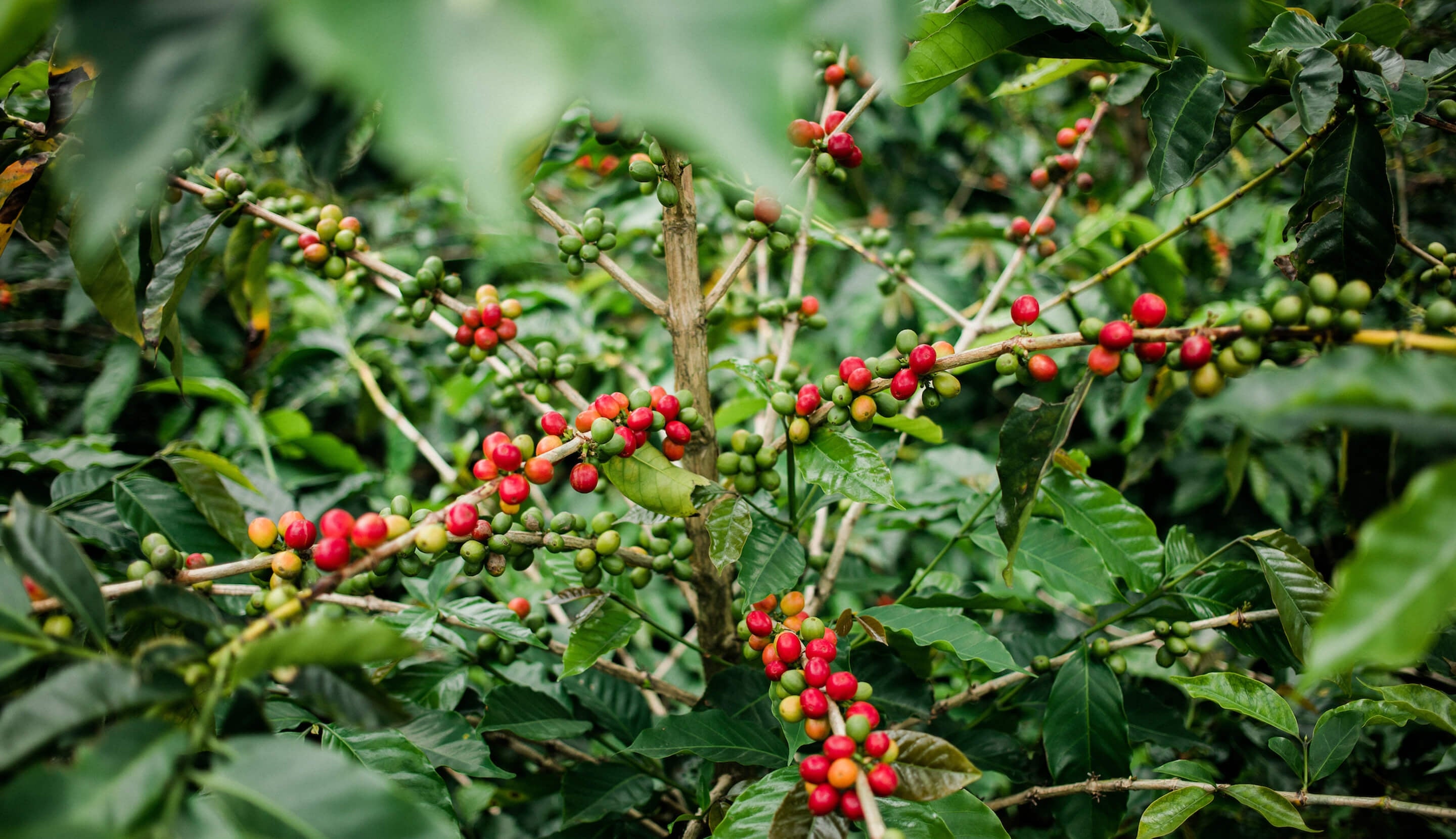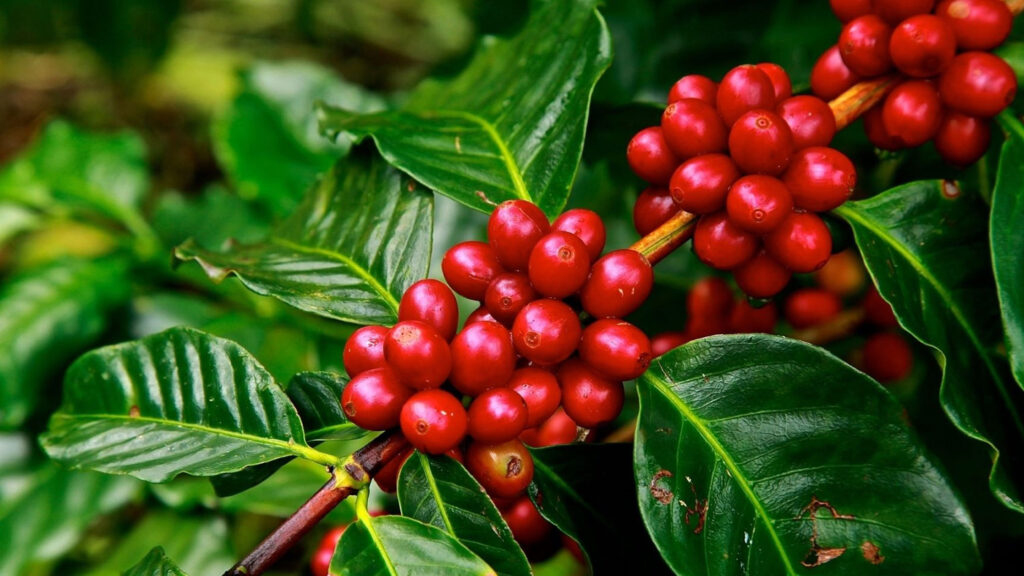Exploring the Rich Tastes of Coffee Beans: a Deep Dive Into Espresso and Blended Coffee Beans
You reveal an intricate globe where each range brings its very own character to your mug when you check out the abundant tastes of coffee beans. Recognizing the origins, refining methods, and toasting techniques can transform your coffee experience. As you browse via the art of espresso and the imagination behind mixed coffees, you'll begin to appreciate the subtleties that make each sip unique. What you'll find next may change the way you appreciate your morning brew.
The Beginnings of Coffee Beans: Discovering Terroir and Taste Profiles
When you take a sip of coffee, you're not just appreciating a drink; you're experiencing a rich tapestry of tastes formed by the beans' origins. Each area creates one-of-a-kind flavor accounts influenced by dirt, altitude, and environment. As an example, beans from Ethiopia frequently burst with brilliant, fruity notes, while those from Colombia often tend to offer a well balanced, nutty sweetness.As you discover various origins, you'll notice just how terroir-- the ecological aspects affecting a plant-- plays an important function. The exact same coffee variety can taste considerably different relying on where it's grown.When you take into consideration these variables, you start to appreciate the intricacy behind your cup. Each sip narrates of the land and the farmers who nurtured the beans. So, next time you indulge, think of the journey your coffee took prior to it reached your hands, and appreciate those complex tastes that mirror its origin.
Recognizing Espresso: The Art and Science Behind the Brew
It's not just regarding the solid flavor; it's likewise about the methods that bring it to life when you think concerning espresso. Comprehending just how various prep work techniques impact taste can transform your brewing experience. Let's check out the intricacies of coffee preparation and reveal the distinct taste accounts that make each mug special.
Coffee Prep Work Techniques
Coffee preparation is both an art and a scientific research, integrating specific methods with a deep understanding of coffee. To begin, you'll want to choose top quality, freshly baked beans and grind them carefully for optimal removal. The work size is important; also coarse, and your coffee will certainly be weak, too fine, and it'll be bitter.Next, tamp the premises equally in the portafilter to guarantee uniform removal. When you lock it into the device, goal for a brewing temperature level in between 190 ° F and 205 ° F.As you pull the shot, look for the excellent extraction time-- around 25-30 seconds. The outcome must be an abundant, velvety coffee with a gorgeous layer of crema on top - SOE. With practice, you'll understand these methods
Flavor Accounts Explained
The globe of coffee supplies a rich tapestry of taste accounts that can elevate your coffee experience. You'll notice an equilibrium of resentment, level of acidity, and sweetness when you take that first sip. Each coffee bean brings distinct notes, from fruity and floral to nutty and chocolaty. Light roasts often showcase brilliant level of acidity and dynamic tastes, while dark roasts existing much deeper, bolder tones.Understanding these profiles aids you pick the best espresso for your taste buds. Trying out different blends can disclose unexpected combinations. A well-crafted mix might balance the bright notes of an Ethiopian bean with the abundant, chocolatey undertones of a Brazilian bean. Embrace the trip of uncovering espresso's diverse flavors, and you'll transform your coffee ritual right into an amazing journey.
Handling Techniques: Just How They Impact Taste and Fragrance
While it could seem that the origin of coffee beans is the most substantial consider determining their flavor and fragrance, the handling techniques made use of post-harvest play a just as necessary role. You'll find that these approaches can dramatically change the final taste profile of your cup.For circumstances, the washed procedure removes the fruit from the beans before fermentation, often leading to a cleaner, brighter flavor. The all-natural process leaves the fruit undamaged during drying, resulting in a sweeter, fruitier profile.Other methods, like honey handling, strike an equilibrium, allowing some fruit mucilage to continue to be, providing an unique complexity.Each handling strategy engages with the beans' intrinsic features, improving or silencing specific flavors and fragrances. So, when you drink that coffee or mixed coffee, keep in mind that the journey from cherry to mug look at here is affected not simply by origin but also by how those beans were refined.

Roasting Strategies: Unlocking the Full Potential of Coffee Beans
Roasting methods are essential for disclosing the full possibility continue reading this of coffee beans, as they change raw, eco-friendly beans into the fragrant, delicious coffee you take pleasure in. The selection of roasting method-- light, medium, or dark-- substantially influences flavor accounts. Light roasts protect the beans' natural acidity and fruity notes, while medium roasts balance sweetness and richness. Dark roasts, on the various other hand, emphasize vibrant, smoky flavors.You can try out toasting times and temperatures to find your best mixture. A slower roast at reduced temperatures permits complex flavors to establish, while a quicker roast can heighten anger. Take notice of the splits during toasting; the initial crack shows a light roast, while the second fracture signals a dark roast - SOE. By grasping these techniques, you'll expose a globe of flavor, elevating your coffee experience to brand-new heights. Delight in every sip, recognizing the care that went into your cup!
The Magic of Blended Coffee: Developing Special Flavor Experiences
Developing a distinct taste experience with mixed coffee can change your morning ritual into an expedition of taste. By combining various beans from numerous regions, you can reveal a harmony of tastes that boost your cup to new elevations. Each blend deals a distinct account, balancing sweet taste, level of acidity, and body to create something absolutely special.When you pick a mix, you're not simply selecting a coffee; you're choosing a journey throughout varied landscapes and cultures. Trying out with different mixes allows you to uncover your personal favorites, whether you take pleasure in fruity notes or abundant, chocolatey undertones.Blended coffee try these out additionally gives you the versatility to change the mixture to fit your state of mind. You might hunger for a light-bodied blend eventually and a bold, dark roast the following. Embrace the magic of mixing and allow each cup shock your palate, making every sip a fascinating journey.
Tasting Notes: Recognizing the Subtleties in Your Cup
As you drink your coffee, you may notice a range of tastes dancing on your palate, each disclosing the ins and outs of the beans. You might taste the brilliant acidity reminiscent of citrus or the deep, rich notes akin to dark delicious chocolate. The sweetness could evoke honey or sugar, balancing the general account beautifully.Pay attention to the body of the coffee-- does it feel light and airy, or is it complete and luscious? The coating, also, provides ideas; a lingering aftertaste may hint at nuttiness or floral undertones.Don' t neglect to check out the distinct attributes of various beginnings, as each area presents unique flavors. Ethiopian coffees usually present fruity notes, while Colombian beans may display an extra spherical sweetness. By recognizing these nuances, you'll deepen your admiration for every mug, boosting your coffee experience to new heights.

Developing Techniques: Making The Most Of Flavor Extraction for each Bean
When you explore the different brewing methods, you'll uncover that each method can substantially impact the taste profile of your coffee. From French press to pour-over, each technique essences different substances, enhancing or silencing particular notes. For example, making use of a French press enables oils to stay in the brew, producing a richer preference, while pour-over emphasizes quality and brightness.Temperature and grind dimension likewise play vital functions. A coarser work functions best for cold mixtures, while a fine grind is excellent for espresso. Try out water temperature-- between 195 ° F and 205 ° F-- can reveal hidden flavors, too.Don' t forget soaking time; a quick extraction can result in sour notes, while over-extraction might generate resentment. By adjusting these variables, you can take full advantage of flavor extraction and really boost your coffee experience. Delight in the trip of uncovering what technique best suits your taste buds!
Often Asked Inquiries
What Is the Suitable Water Temperature for Brewing Coffee?
The perfect water temperature for brewing coffee's between 195 ° F and 205 ° F. If you make use of water that's as well warm, you'll over-extract tastes; as well chilly, and you will not extract sufficient. Goal for that pleasant spot for the very best brew!
Exactly How Does Grind Dimension Impact Coffee Taste?
Grind size significantly impacts coffee flavor. Better grinds remove more flavors and oils, leading to a bolder taste, while coarser grinds yield a lighter taste. Adjusting work size assists you achieve your wanted coffee profile.
Exist Health Perks Associated With Drinking Coffee?
Yes, drinking coffee can provide wellness advantages. It may improve cognitive feature, increase metabolism, and lower the danger of certain conditions. Simply keep in mind to enjoy it in small amounts to gain the benefits without damaging impacts.

What Is the Difference Between Arabica and Robusta Beans?
Arabica beans are smoother and sweeter, typically featuring fruity tastes, while robusta beans are stronger with a bitter preference and higher high levels of caffeine material. You'll see these distinctions in aroma and developing experience.
How Can I Shop Coffee Beans for Freshness?
To save coffee beans for quality, maintain them in an impermeable container, away from dampness, light, and warm. If you only grind what you require right prior to developing, you'll keep their taste much longer. When you discover the rich flavors of coffee beans, you uncover a complex world where each variety brings its own personality to your cup. When you take a sip of coffee, you're not just delighting in a drink; you're experiencing a rich tapestry of tastes shaped by the beans' origins. While it may appear that the beginning of coffee beans is the most substantial element in determining their flavor and scent, the processing techniques made use of post-harvest play a similarly essential role. Roasting methods are necessary for disclosing the full capacity of coffee beans, as they change raw, green beans right into the aromatic, tasty coffee you appreciate. As you sip your coffee, you may observe a spectrum of flavors dancing on your palate, each disclosing the intricacies of the beans.